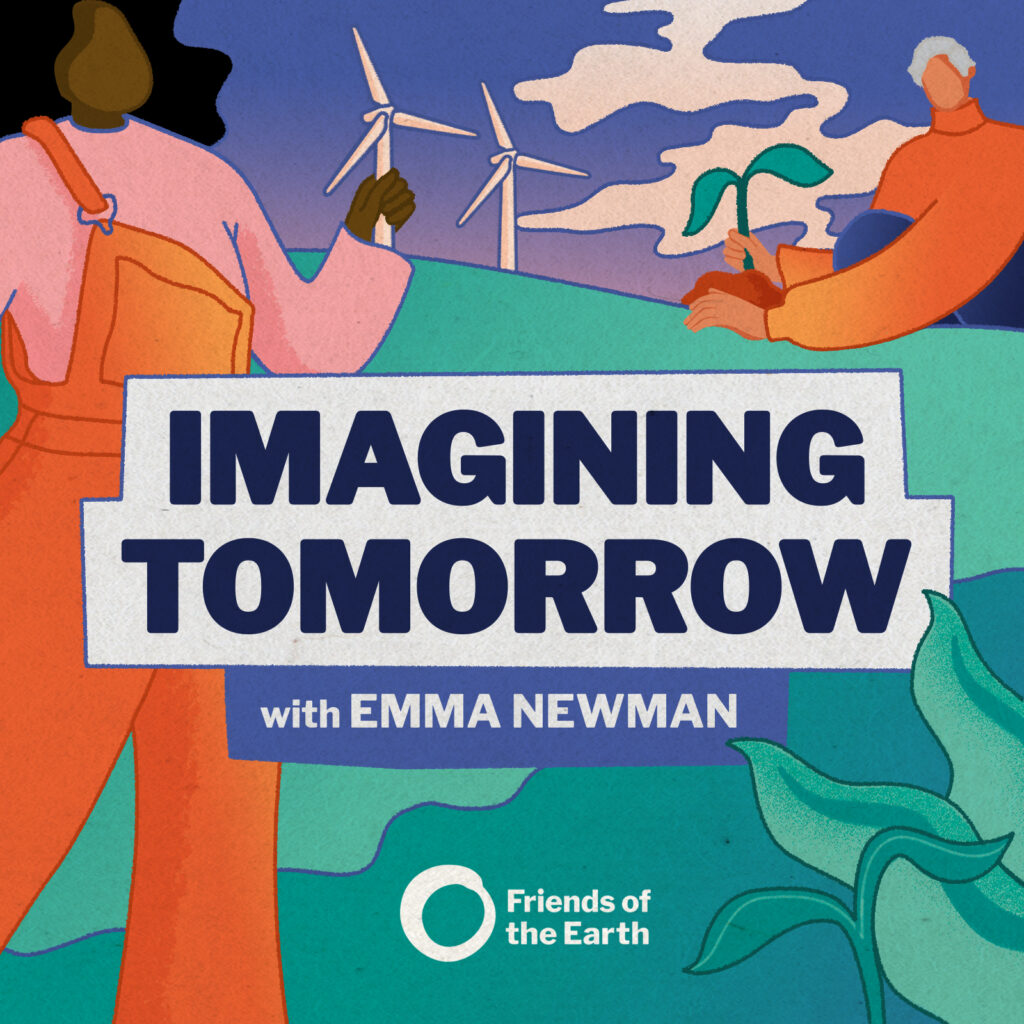Podcast Boost: IMAGINING TOMORROW with Emma Newman

Award-winning podcaster and author Emma Newman has teamed up with the London-based Friends of the Earth grassroots environmental campaigning community to produce a new podcast series entitled Imagining Tomorrow.
Feed the Machine: Cyclops Power

Read this article before proceeding. Growing up, I didn’t read comics, but that doesn’t mean I was unaware of comics. I knew the rudimentary figures of comic book lore. My favorite superhero, however, was Cyclops. How cool would it be to shoot laser beams out of your eyes! Getting into the genres more, laser beam eyes became more common and always cool. Well my little morsels of wundament, prepare for a whole new era of lasek surgery. Scientists have successfully engineered a cell to produce green laser light. The shape of the cell even acts like a lens. Now let’s begin imagining the possibilities. What if a layer of these cells could be spread over the lens of the eyeball? Could we get Cyclops like powers? Would it result in our blindness? Could we use our laser eyes for other abilities, like reading data off of CDs and DVDs from afar? Could we use them to see in different wavelengths, measure temperature or speed, etch metal? This is probably the most fantastic of the uses for green, lasing cells. I think a far more plausible and interesting use would be to replace the biochemical neurological system of a human being with a bio-optical system. How fast would we be able to think and move with reactions at the speed of light? Would we glow whenever a synapse would fire? Would we need brains that wrote to disc? Would we need to sit perfectly still for the signals to line up? Would we cook our organs? A hallmark of SF is the weaponization of technology. If we packed enough of these cells into a mold and had them lase at once or in sequence (for wave reinforcement), could we create a viable weapon? Could we code a bacteria with this lasing protein, encode it with an optical virus, and drop it into war zones to make enemy combatants peaceful? Will technology go the biologic way or will it stay artificial? That’s the question I want you to weigh in on this week. –Adam
Feed the Machine: Viral Time

Welcome to Feed the Machine, my weekly column for this ne’er-too-oft visited corner of the Interweb. Here, I take a science article and twist it to make science fictional ideas that you all can have, free of charge. For the first installment, read this article called “Viral Time” by Carl Zimmer on the Long Now blog. Oh, and if you don’t follow the Long Now blog, drop their RSS feed into your reader. SF is all about the future, and these are some of the most forward thinking people on the planet. From this article, a few ideas can be easily divined just from a preliminary skim. “One French scientist revived from our genome a functioning 2-million-year-extinct virus just by deducing the original code from the current variety in that stretch of DNA.” What other dormant viruses exist within our DNA? Are they helpful or hurtful? Do they have any commercial use, like creating ultracapacitors or ethanol? If the code for a unique virus that split oxygen and hydrogen from water was found on my DNA, could I sell vials of my skinflakes to venture capitalists? But these are all rather too easy. Let’s dig deeper into the article. For me, the last line of the article is the most intriguing. ”One hypothesis is that viruses took primordial RNA and generated DNA to better protect the genes. They might have created life as we know it, a long time ago.” Does this mean that virus’ are our god(s)? If this were proven to be true, would we worship the almighty Ur-virus, and hope to be saved from the Luciphage? Would churches be decorated with double helices instead of crucifixes? Where would bacteria fit into all of this? What could we do if we found the ur-virus? Could we send ten thousand samples on microprobes into interstellar space, hoping to bring about an intergalactic panspermia in a few billion years? Is this how we began? Would the panspermers be our gods then? But I’m neglecting the “it” genres of greenpunk and mundane SF. “ Every day half of all the bacteria in the oceans are killed by phages.” What if this changed by a single percentage point up or down? How would life on earth differ? What if earth became a dustbowl, would someone start impregnating any virus or bacteria they came across with photosynthesizing capabilities to try and restart the carbon cycle? How would that change the earth” And for you transhumanists out there. “About 8 percent of our genome—some 100,000 elements—comes from viruses, and some of those genes now work for us (enabling the mammalian placenta, for instance). “ What if all of the virus-given genome was removed from a prenatal human? How would they differ from us? Could they survive? What if we tweaked this virus code to give us latent abilities? What if humans became biofuel or hydrogen factories, only to be decanted by those who hold the rights to their genes? One last thing. Viruses seem to live outside the fourth dimension, like some metabeing. They can die in microseconds or live in ice for millions of years. The efficiency with which they go about life is astounding. This begs the question: would a sufficiently advanced civilization, who have outgrown their world and want to explore the universe, model their interstellar body type on viruses? A small, dormant protein shell housing a few million bioquantum bits. How many quintillions of beings could be transported across the galaxy in a slowship the size of the space shuttle? Why doesn’t time matter for a virus? What about it allows it to live the way it does? I’m doing this all stream of conscious like. These were the first ideas to pop into my head, generated by the smallest lifeforms we know of. Imagine what would happen if you sat down with the article for ten minutes and just thought. Hugo award, anyone? –Adam

